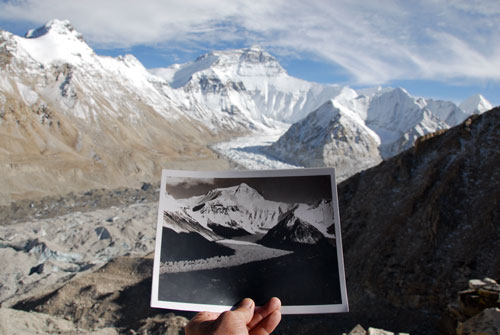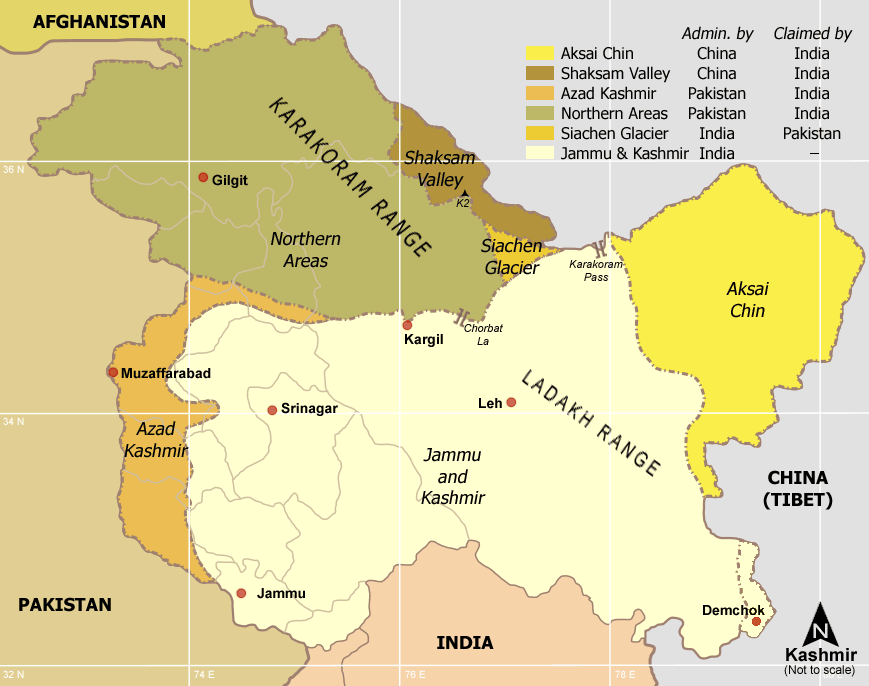NASA has some of the most
dramatic pictures of melting in the Antarctic that I've seen. This series of pictures, reproduced below from NASA’s
Aqua satellite, shows the progression over 20 days from February 7 until February 27 of the collision of an iceberg, called B-9B, with the Mertz Glacier Tongue. Apparently this glacier had been stable and immobile for the last 18 years. Melting this year, however, has caused it to begin to move. Below we see the consequences, as the 1400 square mile B-9B runs into the Mertz Glacier and creates an 1150 square mile iceberg. Put together, at 2550 square miles, these icebergs are about the size of Sri Lanka.
Here, on February 7, we see B-9B (on the right) colliding with the Mertz glacier. Note the beginning of a crack on the left side.
Here, on February 20, we see that the crack has fully broken the new iceberg away from the Mertz Glacier.
Finally, on February 26, we see that the two glaciers have begun to float freely.
Joe Romm put a
post up on
ClimateProgess by Nick Sundt of WWF detailing the iceberg collision. Sundt focuses on the implications of this for Antarctic wildlife, particularly Emperor Penguins. This is an important question, but is not really relevant to security practitioners.
The reason I'm interested in icebergs is for the security of shipping. Though you can never attribute a single event like this to climate change, we should expect that events like this will become more frequent as the world warms and ice melts. Therefore, we could have a seemingly paradoxical effect that global warming will cause
more glaciers as the ice melts. As you can see in the image of global sea-lanes below (from Science Magazine), glaciers in the Southern Ocean are not a great threat to shipping. The Southern Ocean will remain some of the most treacherous waters on the planet, and we shouldn't expect shipping to go here, no matter how warm the world becomes.

However, a glance at the map will show how busy the North Atlantic Route is for shipping. Greenland is
melting much faster than the IPCC predicted only 4 years ago. Though we may not see glaciers the size of Sri Lanka coming off Greenland, we should expect that some of that rapid melt will cause icebergs to break off Greenland. Approximately
10-15,000 glacier are created each year off Greenland, but the majority of those melt prior to threatening shipping. The US and Canada Coast Guard run the
International Ice Patrol to monitor these icebergs and prevent them from threatening shipping. However, should more and larger icebergs become normal, then we could expect them have a tougher job, requiring greater resources, and ultimately increasing the cost of shipping. I'm not sure how much of a threat this is, but it seems likely to be growing.






